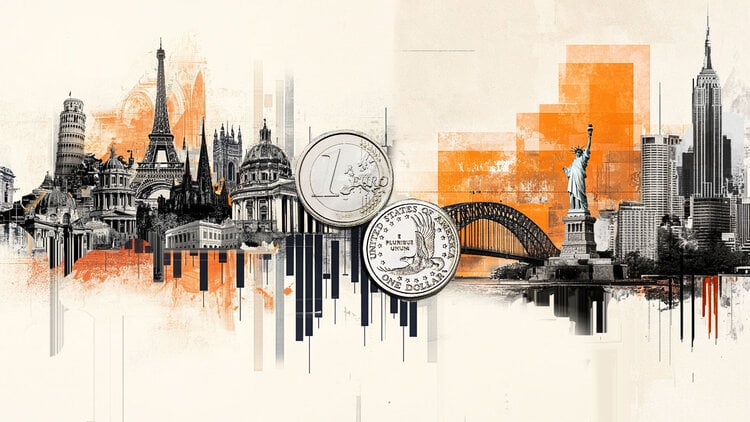«If the circumstances are correctly interpreted, it can be seen that In many conflicts you don’t deal with adults who solve contrasts thanks to a good self -awareness, but with inner children who fight against each other».
Try to think about it: at work, with friends, with your partner or a neighbor, Often it happens to argue, answer badly or offend ourselves for something that happens to us or is told, without understanding its profound reason. It is as if there was a hidden button within each of us who, once pressed, triggers one unconscious and irrational response. It is what happens when we react to the criticisms of the boss and risk putting our place back, or when we lose the brackets with those who love and we are left alone.
Most of the time, we suffer these unconscious mechanisms; Others, however, we realize it. Why then we sabotage the most important relationships? The answer is in our childhood: or rather, In the child we were, Wounded, neglected, misunderstood by parents and reference figures, and with which as adults we have not yet made peace.
That “Inner child” that must be understood and embraced and that is at the center of the book Knowing, loving, healing your inner child, published by Vallardi and written by the psychotherapist Stefanie Stahl: «The inner child is the sum of experiences, as positive, as negative, that we have lived in childhood e It should be understood, not only on the side of its “shadows”, but also of its “light” – explains Stahl – When we make friends with him, there are surprising possibilities of remedying the ancient wounds that still prevent us from being who we would like, in front of ourselves and others ».
And right on “Shadow child” and on the “sun sun” Our in -depth analysis is concentrated with Dr. Stahl, but starting first from the basis, to make greater clarity.
What is, or rather, who is the “inner child” and what does this term mean?
“The “Inner child” It is a psychological concept that refers to the Part of the subconscious that contains emotional memories, beliefs and experiences of early childhood. It model the perception of oneself and the world, influencing emotions, relationships and behaviors, often without realizing it. It allows me to use an example, taken from my book, so is it clearer? I quote Michael: when his girlfriend, Julia, forgets something that is important for him or is inattentive during a conversation, he reacts with anger and injured feelings. Michael’s parents managed a bakery and had three other children. As a result, they were unable to give little Michael the attention he needed. This old wound, his “shadow child”, still influences him today. One of his fundamental beliefs is: “I’m not important”. His reaction is therefore not aimed at the present, to his girlfriend, but rather to the past. Unconsciously, he confuses the behavior of his girlfriend with that of his mother».
You have already mentioned the “shadow baby”. His opposite is the “sunny child”: what do these two definitions mean?
«In my book, the concepts of child shadow and sunny child are introduced to describe Two emotional forces that exist within each of us, one shaped by fear and insecurity, the other by trust and joy.
The shadow child represents the wounded inner child. Embodies the beliefs and negative fears that developed in response to painful childhood experiences. Whenever you feel neglected or not taken seriously, the shadow child is activated. Often expresses itself through Excessive emotional reactions, self-sabotage or negative inner dialogue.
The sun sun, On the other hand, It represents the part of oneself that feels safe, appreciated and happy. It is connected to the moments of the childhood when we felt loved, accepted and free to express themselves without fear of the judgment. This part of the self prosperous thanks to creativity, playfulness and self -confidence. Furthermore, The sun sun serves as a guide view: If you no longer want to identify with the shadow child, a clear idea of new positive convictions is needed and constructive behaviors to replace the old shadow child’s schemes ».
What can be the childhood wounds that influence a person’s ability to mature in a balanced way?
«Infant wounds work as invisible footprints that significantly influence thoughts, emotions and behaviors in adulthood. They shape self -image and relationships with others, often without awareness. If the feeling of not being good is repeatedly experienced as children that one’s value was determined by the results or that love was conditioned by perfection, deep fears of failure and abandonment can develop. To compensate for these fears, people adopt self -revrivation strategiesusually those that have formed during childhood. A common strategy, for example, is to try to please everyone or fight for perfection. Most of the time, these self -protection strategies place the greatest weight both on themselves and on their relationships ».
What happens when the shadow child becomes dysfunctional, which means that it is not recognized?
“When the shadow child becomes dysfunctional It unconsciously takes control of the thoughts, emotions and actions of a person, often in harmful ways. This is exactly what happens to the aforementioned Michael: it reacts with anger bursts when he feels offended. At work, he tries to do everything perfectly to please his boss, even making excessive extraordinary. In addition, avoid conflicts and find it difficult to establish appropriate limits. Consequentially, Often he feels as if he could not be himself in relationships».
What strategies can help recognize and heal the wounds of the inner child?
“The most important step is to identify the shadow child. You can free yourself from emotional reactions only when it becomes clear that they are rooted in past wounds rather than in situations present. Michael comes to help us once again: he can overcome his bursts of anger only if he understands that they are not actually caused by his current reality, but rather by his past. To identify his shadow child, he could ask himself: how was my childhood like? Is felt accepted and loved or was my parents’ love linked to certain expectations? So, the next step is: “Capture and change!”a sort of mantra, to be repeated lightly. If his girlfriend triggers him again, he can catch himself at the moment and go to the adult Michael. It can quickly recognize that it is not “mom”, but “Julia”. This allows him to redirect his response before Degeneri ».
Source: Vanity Fair
I’m Susan Karen, a professional writer and editor at World Stock Market. I specialize in Entertainment news, writing stories that keep readers informed on all the latest developments in the industry. With over five years of experience in creating engaging content and copywriting for various media outlets, I have grown to become an invaluable asset to any team.







